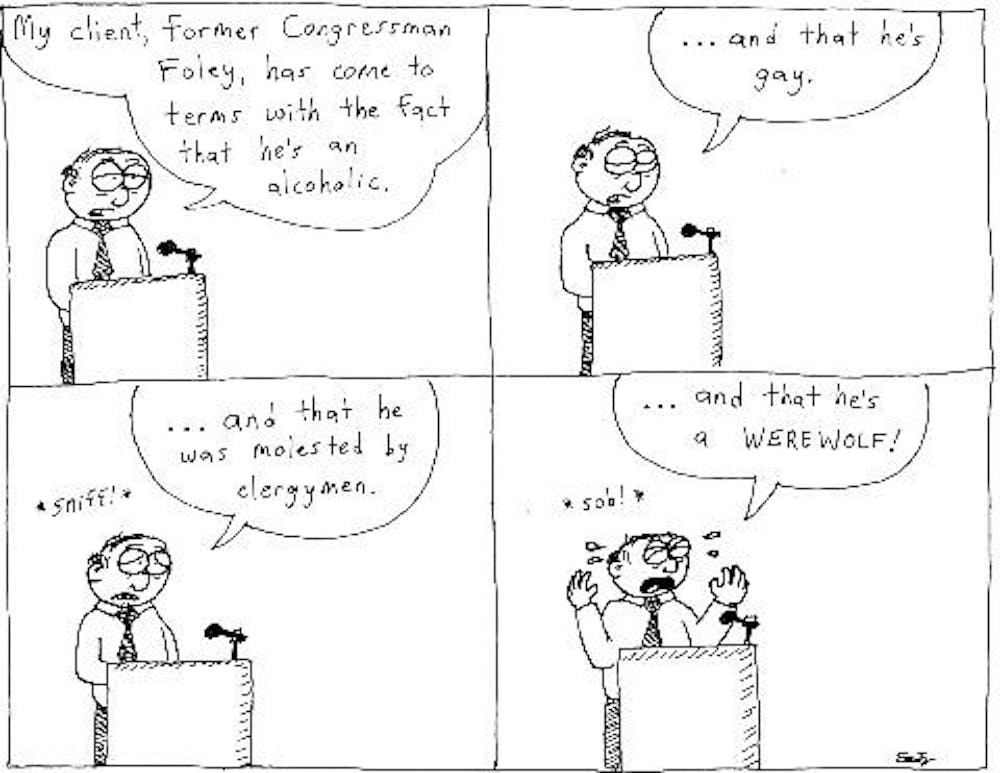
(Eric Frey)
Gubernatorial candidates Kenneth Blackwell and Ted Strickland conducted their second debate in a series of three. Taking place at the University of Cincinnati, the two candidates together answered a total of 11 questions from journalists, focusing mainly on the economy. The two addressed a broad array of issues and, in the opinion of the editorial board, Strickland emerged with a better plan to revitalized Ohio's struggling economy.
One problem with these televised debates is the emphasis placed upon visual perceptions of the candidates. Focus is removed from the issues and candidates seek to manipulate their appearance to appeal to voters. It is important for voters to focus less on the outward appearance and image of candidates and more on the actual policies presented. In this debate, Strickland emitted a more confident and articulate posture than Blackwell, but it was his policy ideas that won him the debate.
In regard to a revitalization of the state economy, Blackwell presented a platform of tax cuts evolving into an eventual flat tax. This flat tax, combined with spending caps, will supposedly help create fiscal stability for the government while also attracting small businesses to Ohio, creating new jobs. However, Blackwell was vague when addressing what would be cut from the budget to finance his proposed tax cuts.
On the other hand, Strickland's focus for job creation was a plan to invest in Ohio's strengths, such as funding for the high-tech alternative energy sector that is growing within the state, particularly with regards to ethanol. Also, throughout the debate Strickland focused on the importance of education in transitioning Ohio to a high-tech economic future. Strickland proposed increased funding for base learning at lower grade levels as well as more funding to decrease the costs of higher education.
A major component of Blackwell's platform is the importance of tax cuts to stimulate economic growth. Strickland's primary answer is that the Ohio General Assembly has recently passed a massive tax reform package designed to bring more businesses into Ohio. Strickland argues that it is better to follow through on these reforms to maintain stability in the tax code rather than risk another change.
One more debate remains before the election and voters still have time to decide which candidate to support. No matter who leads in the polls, all voters should resolve to make their choice Nov. 7 and cast a ballot for the candidate they feel will most effectively lead Ohio to a better future.




